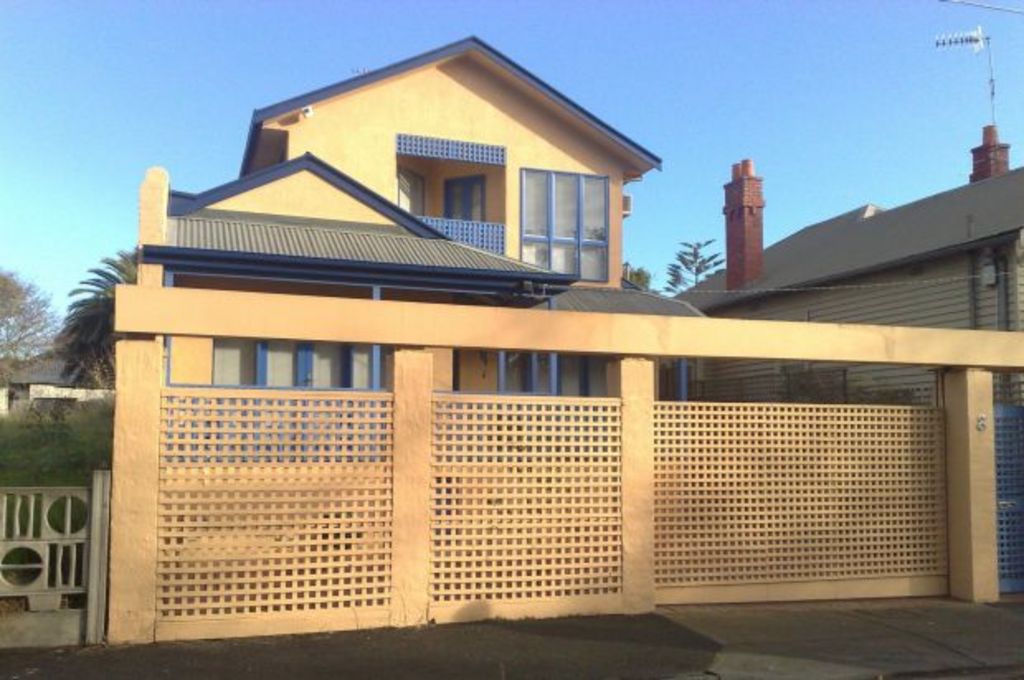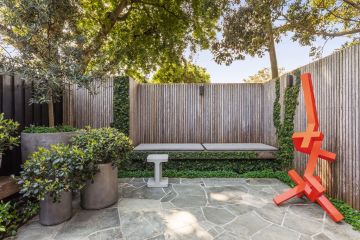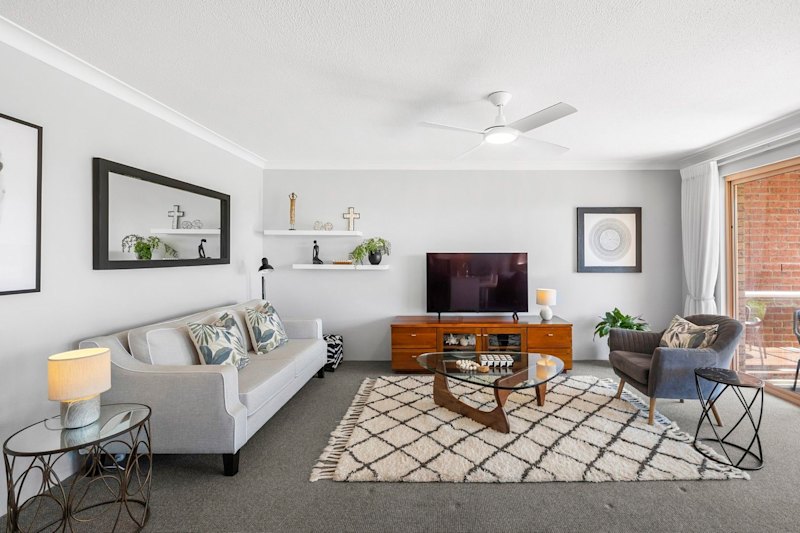Before and after: When architects tackle the ugliest house on the street

Quaint Victorian terraces catch people’s eyes, even if they are advertised as a “Renovators’ Dream”. With a lick of paint and some scrubbing, these houses, however derelict, can be envisaged as idyllic homes.
However, the 1980s brick house, painted apricot, is often deemed ugly and placed in the “too hard basket” by prospective buyers. “People often come to us and say they have just bought the ugliest house, not just in the street, but in the neighbourhood,” says architect Andrew Maynard, director of Austin Maynard Architects. “In these cases, they often think that the only solution is to pull the house down and start again. But it’s rare not to be able to find something that’s worth redeeming”.


Before. Photo: Austin Maynard Architects
Austin Maynard Architects found a number of redeeming features in a 1920s red brick warehouse in Fitzroy, Melbourne. Apart from its size, it was light and offered good bones. On the down side, the Fitzroy warehouse had been converted into a home in the 1990s.
A poorly located courtyard garden had been inserted into the building, bringing in excessive heat. Cedar windows had replaced original steel windows and “frilly” wrought iron (Maynard’s description) across the front facade made the warehouse look more like a wedding cake than a robust industrial building befitting its heritage. “The beige paint covering the bricks certainly gave the exterior an odd look,” says Maynard.
The architects removed the superfluous decoration and replaced the cedar windows with steel frames. And while the courtyard garden wasn’t removed, the timber deck was replaced with perforated steel and a tree placed in the middle to reduce the western light. Double-glazing around this courtyard also reduced the heat entering the home.


After. Photo: Austin Maynard Architects
Maynard removed the carport on the northern elevation and replaced this with grass pavers to provide off-street parking, which still allowed for light. And to lighten up the interior, the muddy and dark colour palette was changed to white. “Most of our projects feature white walls. This allows the materials and textures to ‘speak’,” says Maynard, who also lightly touched the kitchen, replacing cupboard doors and bench tops.
“People often use the word ‘ugly’ to describe their homes, prior to a renovation, but the truth is more that these houses are just not on ‘trend’,” says Maynard, who sees 1960s orange-brick houses and Victorian terraces with brick arches and aluminium windows added in the 1950s, as fitting into this category.
Architects Eat was also presented with an “ugly” house by clients, who purchased it for its position, rather than its aesthetics. Located in Richmond, Melbourne, the 1980s apricot-painted two-storey brick house offered little appeal. “Structurally the house was sound but it lacked street appeal,” says architect Albert Mo, director of the practice. “The house also benefited from a north-facing courtyard garden along one side”.


Before. Photo: Architects Eat
The facade of the Richmond house was painted white and timber battens were added to create texture. A balcony was added to the first floor and a void placed behind the facade. Inside, the house was virtually gutted. There are now two children’s bedrooms on the first floor and the main bedroom and ensuite is located on the ground floor, at the rear.
What was previously a 1980s interior now includes a sleek contemporary open plan design, featuring the kitchen and living area. Lined in smoked timber, and spread over a couple of levels, the focal point is now a suspended steel staircase that appears to hover over the living areas (smoked glass at the base creates this effect).
While many architects would have pulled this 1980s house down, Mo saw the benefit of working with the original structure and taking it into another realm. “It’s important to look beyond superficial things such as colour, which people can get very emotional about,” he says. “It’s more important to look at structure and the spaces and see how these can be reworked for contemporary living”.


After. Photo: Architects Eat
We recommend
States
Capital Cities
Capital Cities - Rentals
Popular Areas
Allhomes
More







